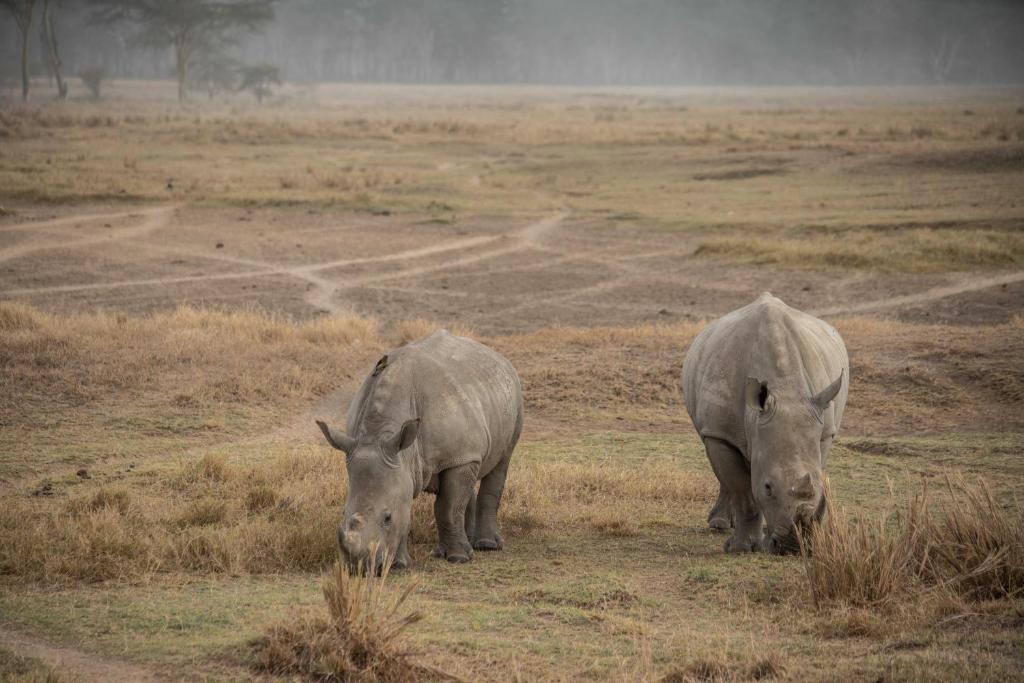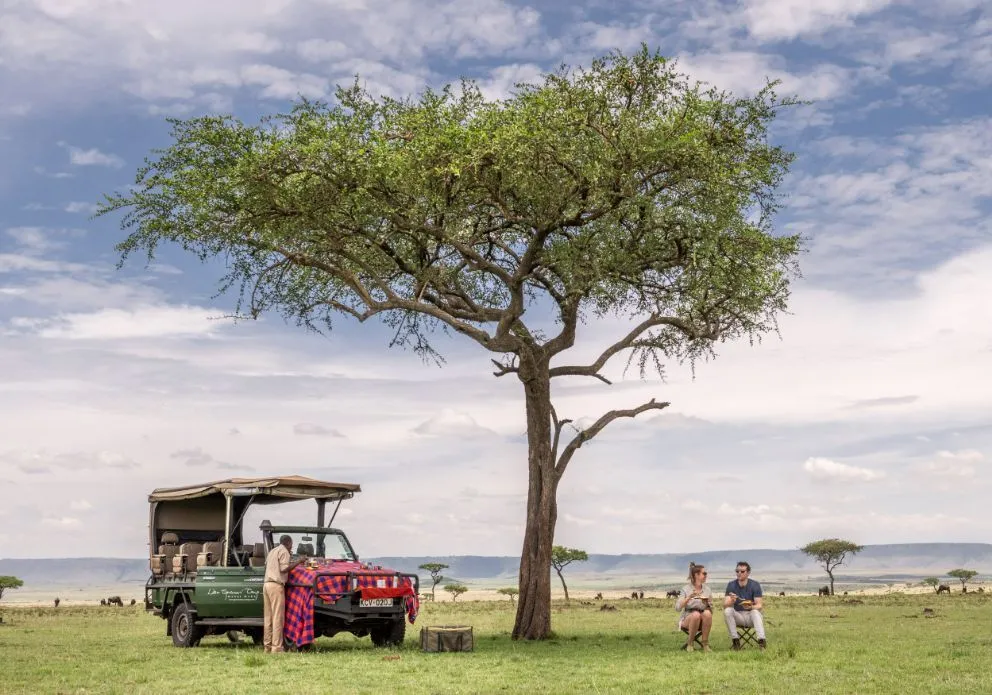
Did you know that most domestic safari flights have a luggage limit of just 15 kg (about 33 lbs)? Seriously, that tiny number hits you like a ton of bricks when you start staring at your closet, doesn’t it? I’ve been there, trust me! The first time I packed for a combined Kenya and Tanzania trip, I brought a hard-shell suitcase that looked ready for a trip to the moon, not the Maasai Mara. Big mistake! I learned quickly that the logistics of a true East African adventure are a little different than a resort vacation.
Getting ready for a safari to incredible places like the Serengeti, Amboseli, or for the truly challenging gorilla and chimp treks in Rwanda and Uganda is wildly exciting. But you need to be prepared for everything: hot days where temperatures can climb up to 34∘C (93∘F) and chilly early mornings where you need a jacket. You also have to deal with what I call the “Safari Rules,” which include strict policies like using a fabric-exterior duffel bag and, for the love of the environment, a nationwide ban on plastic bags. No duty-free bags, folks!
In this guide, I’m sharing my ultimate, no-fluff East African Safari Packing List for 2024, based on years of experience navigating the airports and the sometimes rugged terrain of Kenya, Tanzania, Uganda, and Rwanda. We’re going to cover the absolute must-have documents—the things that will genuinely prevent you from getting on the plane—the best luggage to keep your drivers happy, and the very specific clothing you need to survive a muddy gorilla trek. My goal is to save you the headaches I had on my first few trips. We’ll make sure you know exactly what to pack and, more importantly, what to happily leave at home. Let’s get this packing party started!
The Non-Negotiable Travel Documents: Don’t Leave Home Without These
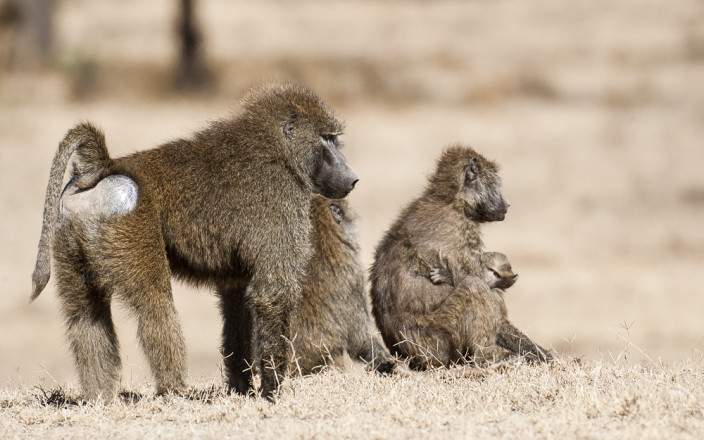
Listen up, this section is non-negotiable. I can’t stress this enough: paperwork is where a great trip can turn into a nightmare before you even get past immigration! I once saw a couple get refused entry because their child’s passport was two days shy of the six-month validity rule—which is a huge requirement for international travel. Getting ready for safari is all about the thrill, but the most important thing you’ll pack is your legal documentation. We need to go through the checklist that will guarantee you get on the plane and walk straight through customs, from your passport expiry date to your Yellow Fever certificate.
Beyond your booking details matching your valid passport (which, by the way, absolutely needs a minimum of six months’ validity left after your return date!), you need to sort out your entry permissions. That means applying for your Kenya Electronic Travel Authorization (ETA) or Tanzania Visa online well in advance to avoid last-minute delays. If you’re a multi-country adventurer hitting Kenya, Uganda, and Rwanda, look into the single East African Visa—it’s super efficient. However, the one document that can truly stop you in your tracks is the Yellow Fever Certificate; many countries require it for entry if you’re arriving from a region with risk, so keep it handy! Finally, make sure you’ve budgeted for and purchased Travel Insurance (it’s insisted upon for adventure travel), and for your own peace of mind, photocopy all these vital documents and keep the copies separate from the originals.
Luggage Logistics: Why Your Suitcase is a Hard NO on Safari
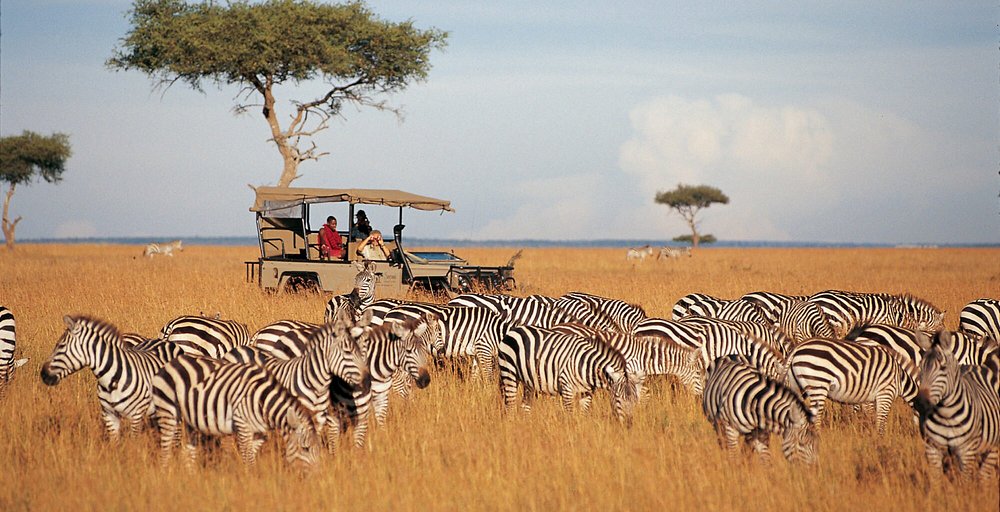
Okay, let’s talk luggage. This is where most first-timers run into a spot of bother. I remember my first safari driver, God bless his patience, trying to Tetris my monstrous rolling suitcase into the back of the Land Cruiser. It simply wouldn’t fit. He finally just sighed and said, “Fabric only, my friend. Fabric only.” And he was right! The reality is, traditional, framed suitcases will not fit properly inside the safari car boots, and the strict 15 kg limit on local flights is absolutely non-negotiable. To keep your guides happy, your transfer smooth, and your life easy, you need to understand the golden rules of safari luggage. Let’s cover why duffel bags are king and how to ensure you’re never caught off-guard by the scale.
So, here’s the deal: Duffel bags are king. We’re talking about a North Face type or something similar with a soft, pliable exterior. These can be squeezed and molded to fit around other bags and gear, making life so much easier for your driver and guide who are trying to manage space in the custom 4x4s. I always recommend a duffel over a suitcase or a rigid box. Now, the weight limit. This one is tough love, folks. While Camptrek Safaris allows a generous maximum of 23 kg overall, if you are taking any local flights—which you often will to get to places like the Maasai Mara or the Serengeti quickly—you must stick to a 15 kg limit. I promise you, the staff at Wilson Airport are not messing around with those scales. Pack light!
Beyond the main bag, you need a small day pack or rucksack. This is your life support for day trips, carrying your water bottle, camera, binoculars, and maybe a light jacket. I actually recommend packing an extra two pairs of pants and two shirts in your day pack. Why? Because if your main luggage gets delayed or lost at Jomo Kenyatta International Airport, you won’t be completely stranded. That little trick has saved my bacon more than once, seriously. For security, always bring a good money belt or pouch that can be easily hidden for valuables, and use a recommended 20-30 mm sized padlock on your duffel.
Clothing and Gear Essentials for the East African Climate
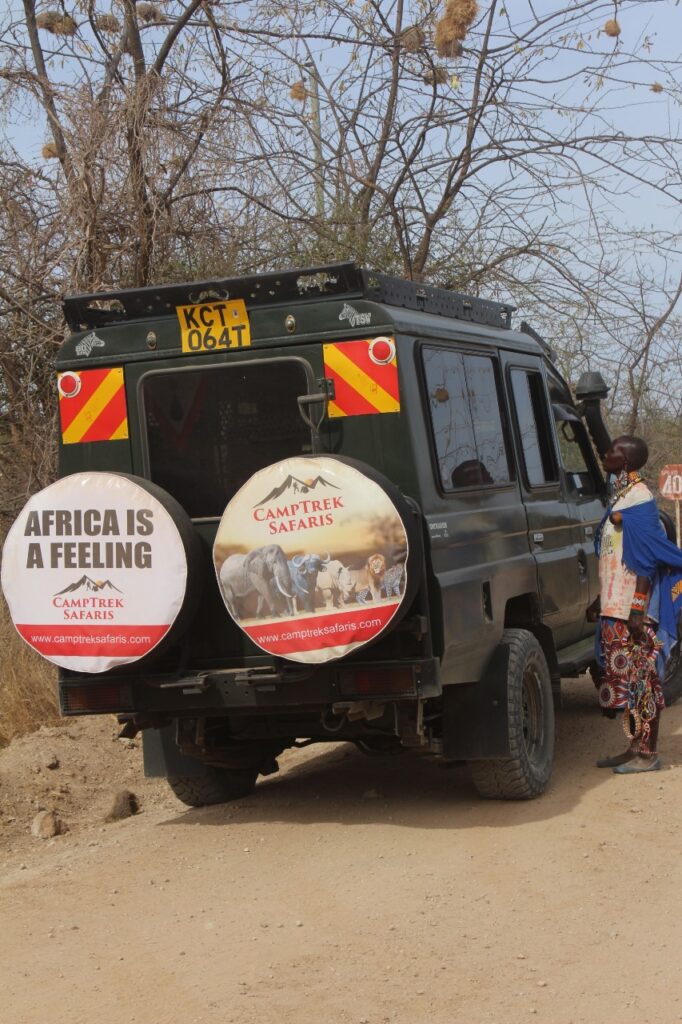
The weather in East Africa is generally lovely, but it has huge swings throughout the day—it’s not just heat, folks! The average summer temperatures are certainly light-clothing territory, but those early morning game drives in an open-top vehicle? They feel much colder. The secret to dressing for a successful safari is layers. You need to be ready for the heat of the day, the chill of the morning, and the sudden downpour of the rainy seasons. But beyond layers, there are two key rules you absolutely cannot forget: what to put on your feet, and the nationwide ban on plastic bags. Let’s dive into the essential clothing and tech gear that will keep you comfortable and compliant.
The average summer temperatures range from 20∘C to 34∘C (68∘F to 93∘F), but you need to pack for the cool. Winter lows can dip to 18∘C (64∘F), so bring a jacket for those chilly early mornings and evenings. The principle is simple: pack light clothes for the sunny days and warmer clothing for cooler conditions. Let’s talk about your feet. Sturdy, waterproof hiking boots or walking shoes are a non-negotiable must-have, along with woolen socks for hiking for comfort and blister prevention. And since you have two distinct rainy seasons (mid-March to June and October to December), a reliable raincoat or rain jacket is essential.
Here’s an important one that always surprises people: the plastic bag ban. Kenya and Tanzania have strict, nationwide bans on plastic bags, and they mean it. Travelers arriving at the airport with duty-free plastic shopping bags will be required to leave them there, and there are strict fines for violators. It’s a great move for responsible travel, but it’s a detail you absolutely cannot forget. Finally, for your gadgets, the plug type in Kenya, Tanzania, Uganda, and Rwanda is Type G—the one with three rectangular pins in a triangular pattern. The voltage is 240V/50Hz. A universal travel electric plug is an absolute necessity to keep your camera charged for all those amazing shots!
Gorilla and Chimp Trekking Specific Gear
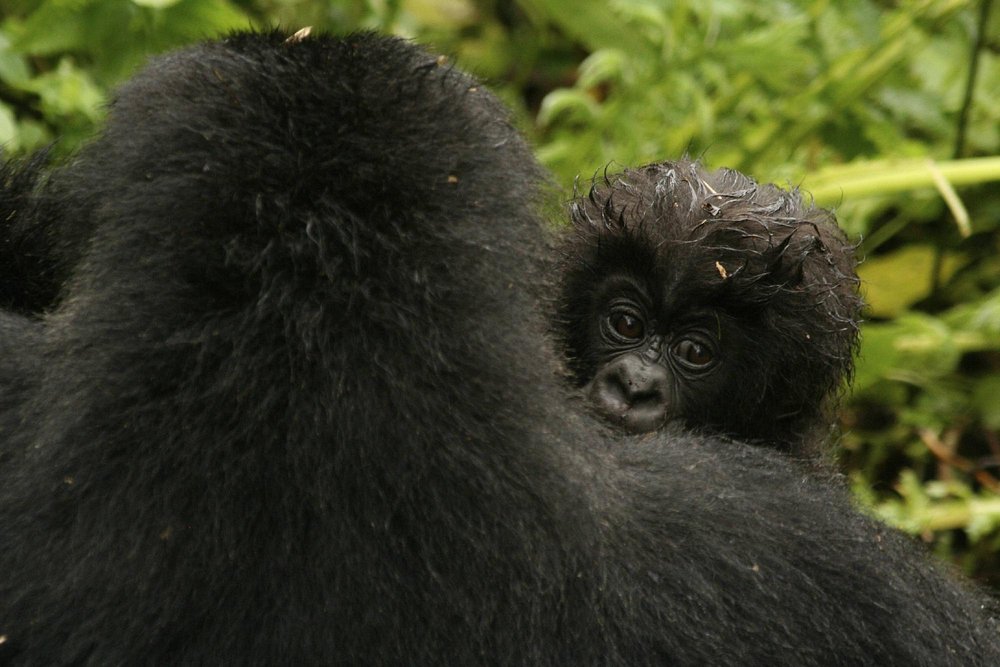
If you’re planning a gorilla or chimpanzee trek—and I highly recommend it, it’s a life-changing experience—your packing list needs a few critical, specialized items. I’ve been on a trek where it looked like a lovely day, and within 15 minutes, the sky opened up, and the trail turned into a mud slide. Tracking primates in the dense forest can be wet, muddy, and uncomfortable if you don’t have the right equipment. Forget your regular hiking setup; here, the stakes (and the mud) are higher. I’m going to share the three non-negotiable items—from the type of boots to the bizarre hand protection I swear by—that will save your hands, legs, and sanity on the mountainside.
First, your hiking boots must be waterproof. I’m not kidding. The terrain is often steep, slick, and damp. Next, you need hand protection for when you’re scrambling up those slippery slopes and grabbing thorny trees and bushes to pull yourself up. The answer, surprisingly, is typical gardening gloves with a hard surface on the palm. They are cheap, they are sturdy, and they will save your hands from thorns and mud. They look a little goofy, but who cares when you’re staring at a silverback?
Next, you need to think about the sneaky critters on the forest floor. You absolutely must pack a pair of long socks or leggings. The pro tip is to tuck your trekking trousers right into them. This is crucial for avoiding ants, ticks, and other insects from getting to your ankles, and it helps protect your shins from the damp, thorny undergrowth. One final, specific rule for the rainforest parks: color matters. Your rain jacket or any other outer layer should be a neutral or dark color. Bright-colored clothes are not permitted in the park, as they can be disruptive to the animals. Stick to greens, browns, and dark blues.
Health, Hygiene, and Money Matters

You are going on an adventure, which means a bit of planning for your personal health and wealth is just smart preparation. When you’re out in the bush, a small personal medical kit is your lifeline, and knowing which currency rules apply is crucial for stress-free tipping and transactions. For instance, did you know that African banks are incredibly strict about the condition and age of your US dollar bills? Bring the wrong ones, and they are basically worthless! From protecting yourself from the equatorial sun and insects, to ensuring you have the right kind of cash, this section covers all the essential details to keep you healthy, protected, and financially ready for your amazing East African journey.
I always assemble a small personal medical kit before I leave. You don’t need a mobile pharmacy, but you do need the basics: Imodium (or something similar for stomach upsets—trust me on this one), Ibuprofen, and an elastic bandage. Ladies, make sure you pack enough sanitary products, as they can be hard to find in remote areas. Protection from the elements is key. The sun at the equator is no joke! You need sun cream/sunscreen, a good sun hat, and an absolute abundance of insect repellent with DEET.
Now for the moolah. While the local currencies are necessary, the US Dollar is widely accepted and is the easiest to exchange. But here’s the kicker: they are super strict about the condition and age of the bills. Dollars are only accepted if they are not torn, not written on, and are not more than 10 years old. And pay attention: they prefer large denominations, so it’s best to bring 50 or 100-dollar bills issued after 2013. A huge note: $100 notes must be from 2017 or newer and have the blue color. Travelers Checks are basically useless; don’t even bother. Finally, tipping is customary and appreciated. As a guideline, you can budget for $7–$14 USD per tour guide per day and $2–$5 USD per potter per day for each adventurer in your group. Oh, and if you’re doing a Zanzibar add-on, pack some beach shoes. Trust me, those sea urchins along the shore are no fun to step on.
From List to Launch: The Last Word on Safari Packing

Whew! We’ve covered a lot of ground in this East African Safari Packing List 2024 guide. We tackled the absolute terror of the 15 kg domestic luggage limit, the absolute necessity of a Yellow Fever certificate, and the only acceptable luggage type—the flexible duffel bag. Remember, the goal of this preparation isn’t to make you miserable; it’s to keep you safe, comfortable, and focused entirely on the unforgettable experience of seeing those magnificent wild animals. Getting the packing list right means one less thing to stress about when you land in Nairobi or Kilimanjaro.
The most important thing to pack, above all else, is a flexible and adventurous spirit. You’re going to a place where connectivity is intermittent in remote areas, and plans sometimes have to be adjusted on the fly—and that’s a massive part of the fun. Embrace the unexpected tangents and the occasional discomfort. That’s where the real travel stories come from!
What is the one item you always forget on a big trip, or what was your biggest packing mistake on a safari? Share your best (or worst!) anecdote in the comments below! I can’t wait to hear your stories!

